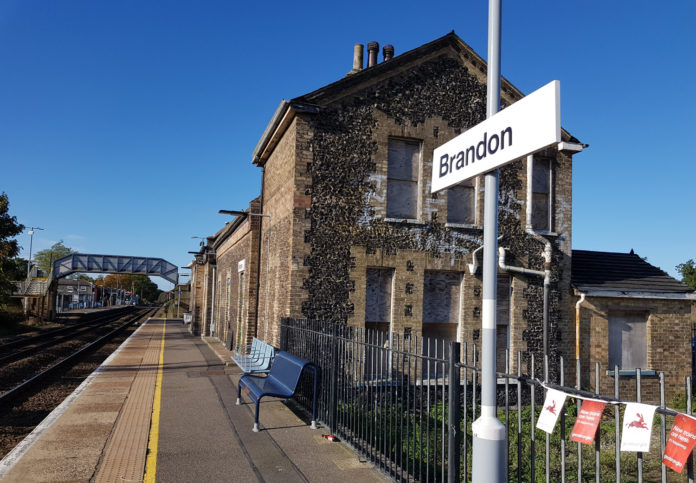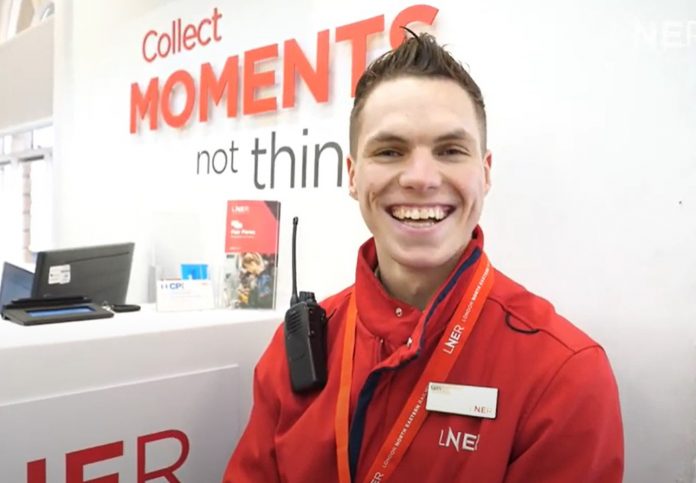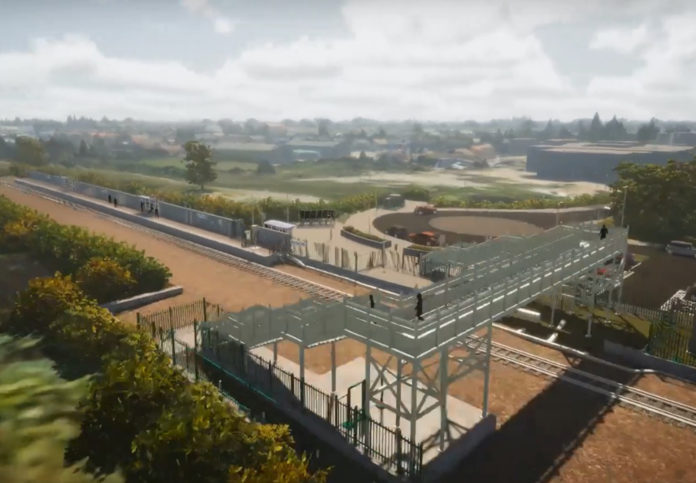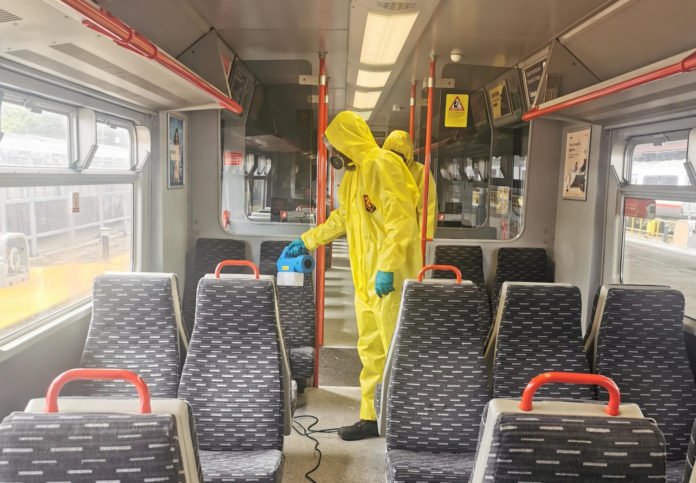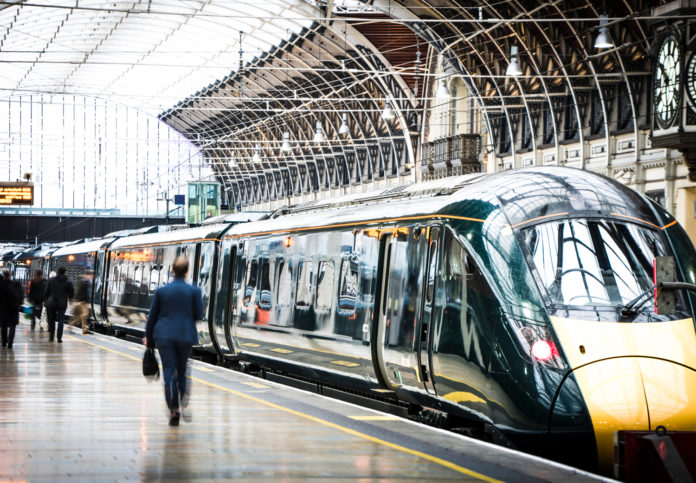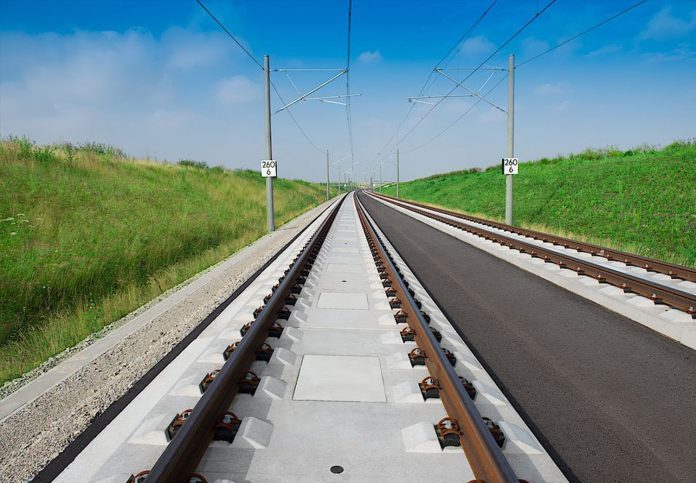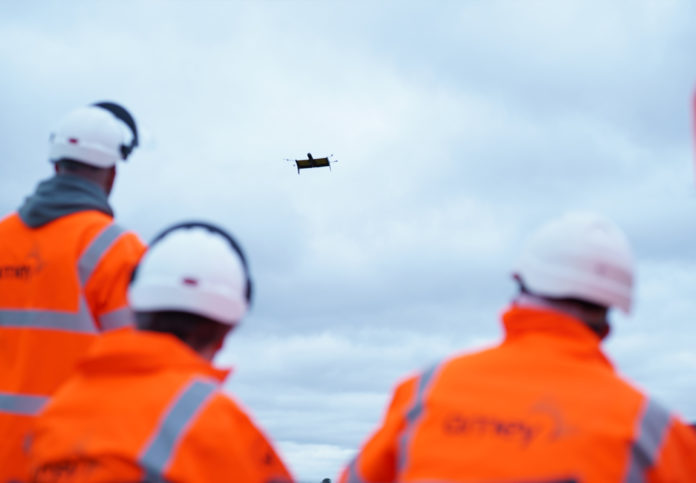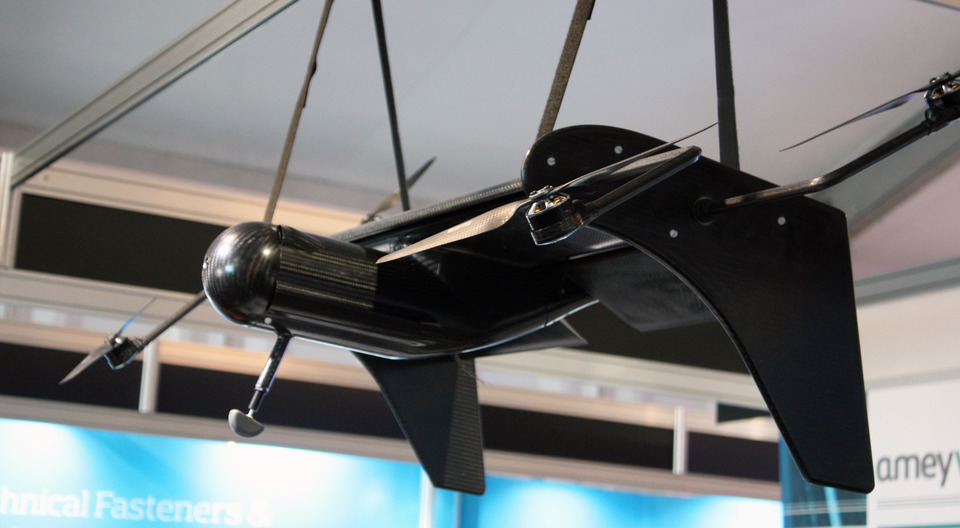Improvement plans for Brandon station are now to go ahead after Breckland Council has confirmed that Greater Anglia’s redevelopment plans are lawful under permitted development regulations.
The train operator has been granted a Certificate of Lawful Use or Development, which means it can proceed with its plans to increase parking capacity at the station by demolishing the redundant, dilapidated station buildings.
The company plans to invest £1 million to improve customer facilities, including increased car parking, at the station, which lies on the Cambridge to Norwich line. Having been given the green light, Greater Anglia nowanticipates that the work will commence towards the end of this year.
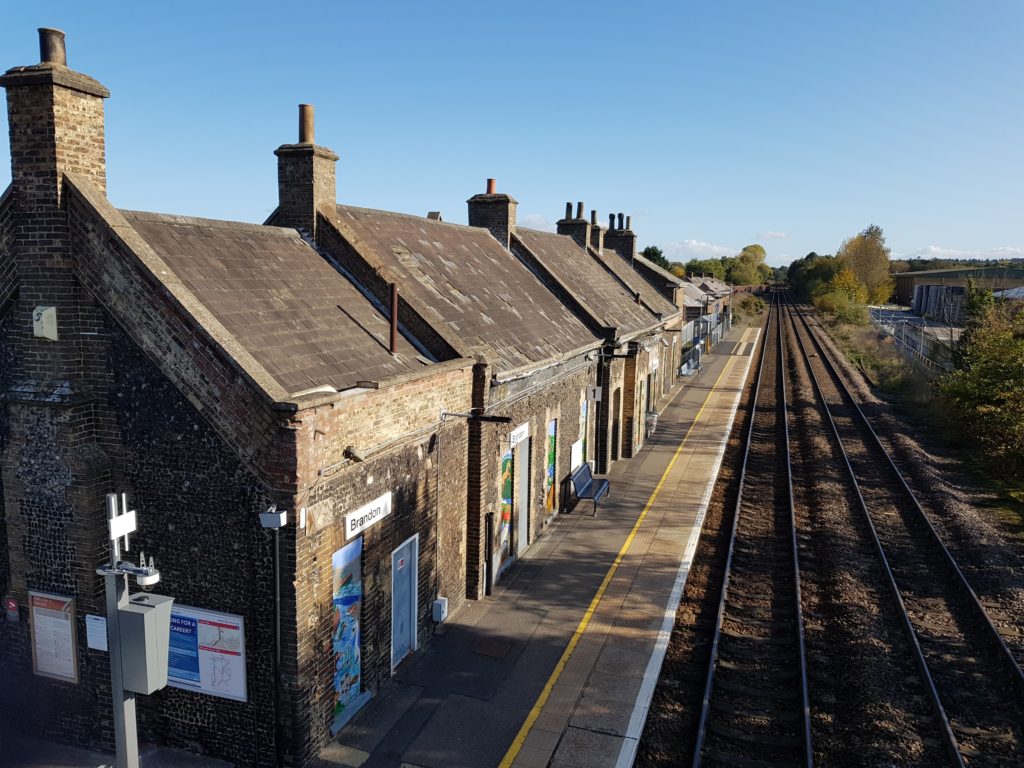
The station will benefit from the installation of new, more comfortable and more attractive anti-vandal waiting shelters, additional lighting and CCTV, as well as improved drainage, whilst the number of car parking spaces will rise from six to 100, including five accessible bays.
Greater Anglia’s director for asset management, Simone Bailey, said: “We are pleased to now have the support of the council and the Railway Heritage Trust so that we can get on with making Brandon rail station fit for purpose in the 21st century and improve its facilities for our passengers.
“While we are sympathetic to the views of some who would like to see the old station buildings retained, no-one has ever come forward with a credible business plan that demonstrates that they either have the investment required or an ongoing sustainable use for the buildings. As a result, they are falling further and further into disrepair and becoming unsafe.
“Therefore, we have concluded that the best course of action is to demolish the buildings as this will provide more space, enabling us to improve the station in other important ways – i.e. making sure there are enough car parking spaces and accessible parking spaces available, as this will enable everyone to access the station and rail travel more easily.”
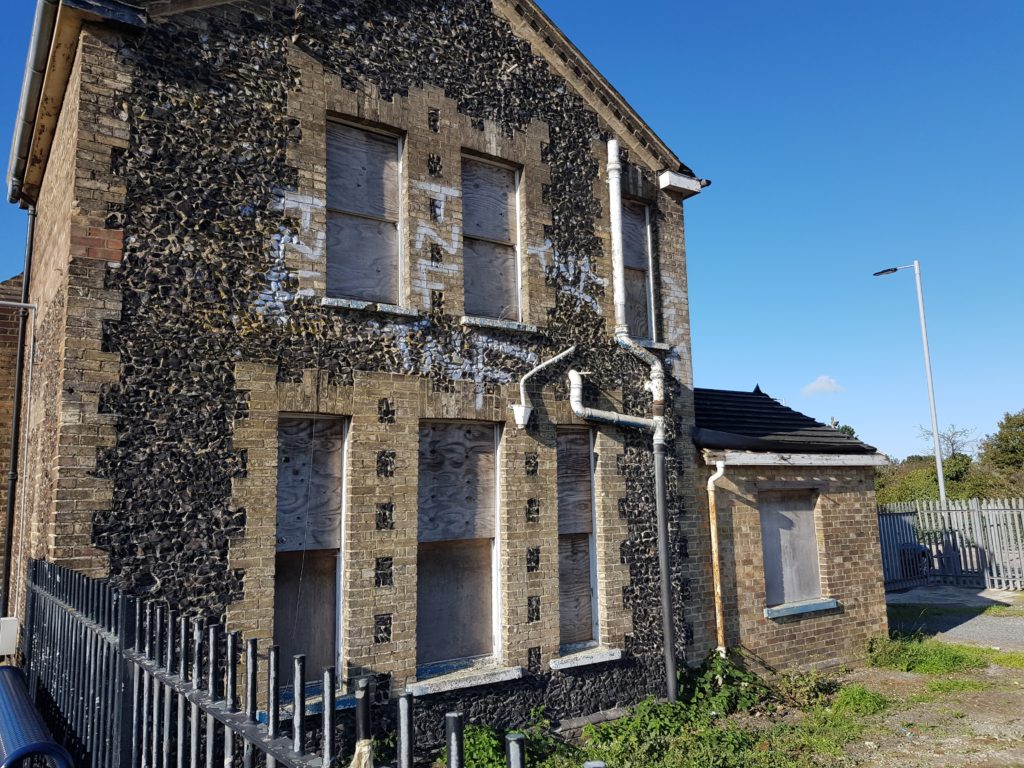
“In turn, a shift locally from car to train benefits everyone through reductions in road traffic congestion and pollution as it is a much more environmentally friendly way to travel.”
To help protect wildlife, Greater Anglia will also install a bat roost to provide alternative accommodation for bats once the old buildings have been demolished.


